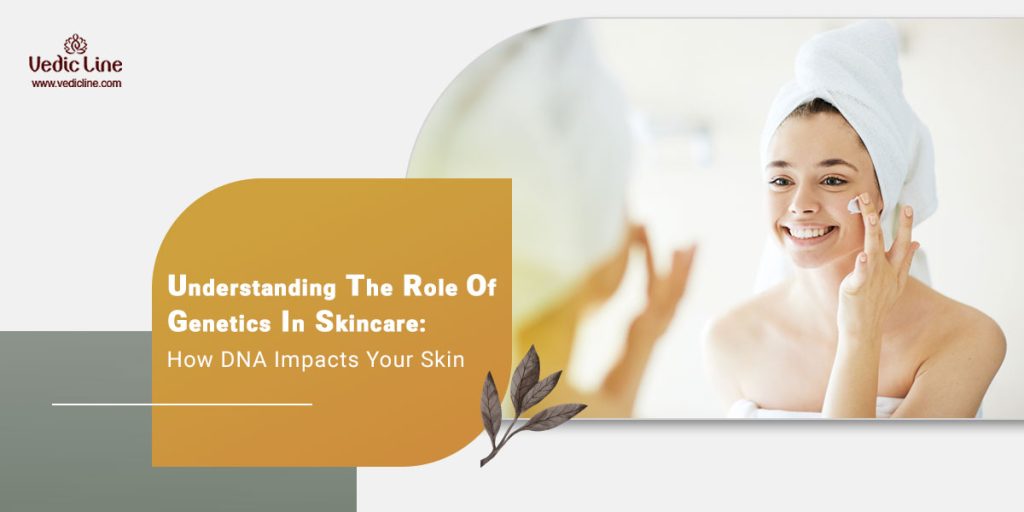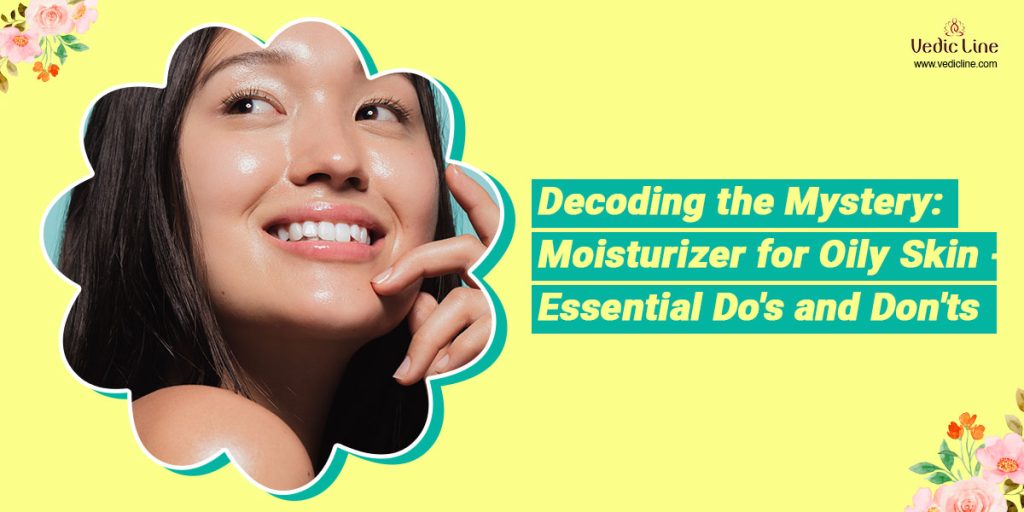Haircare is an integral part of many people’s daily routines, but navigating the vast amount of information available can be overwhelming. In this blog post, we’ll debunk common hair myths and facts to help you make more informed decisions about how you care for your locks. By separating fact from fiction, you’ll better understand what practices are truly beneficial for your hair’s health and appearance.
Hair myths and facts
Myth: A frequent haircut accelerates hair growth.
Truth: While regular trims can promote healthier hair by preventing split ends, they don’t affect the rate of hair growth itself. Hair growth is primarily determine by genetics and factors like overall health and hormonal balance.
Myth: Healthy hair is brushed 100 times a day
Truth: Contrary to popular belief, over-brushing can lead to damage and breakage. It’s important to brush your hair gently and only when necessary to avoid unnecessary stress on the strands.
Myth: Plucking one gray hair will result in more growing back.
Truth: Plucking gray hair won’t influence the growth of others. While it’s a harmless act if you choose to do so, it’s worth noting that repeated plucking can potentially damage the hair follicle over time.
Myth: Hair looks shinier after a cold water rinse
Truth: Cold water can temporarily smooth the hair cuticle, giving the appearance of shinier hair. However, this effect is short-live, and it won’t significantly impact the long-term shine of your hair.
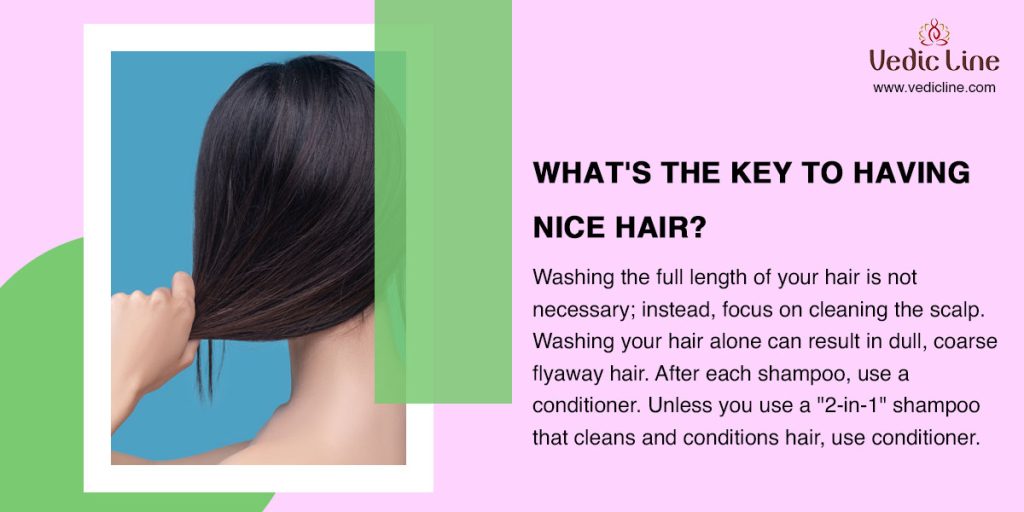
Myth: The more you shampoo, the cleaner your hair will be.
Truth: Over-shampooing can strip natural oils from the scalp, leading to dryness and potential damage. The frequency of shampooing should be based on individual hair type and lifestyle factors, rather than a one-size-fits-all approach.
Myth: Trimming your hair during a full moon makes it grow faster.
Truth: There’s no scientific evidence supporting this myth. Hair growth is primarily determine by genetics, hormonal balance, and overall health, rather than external factors like lunar cycles.
Myth: Hair color will always damage it.
Truth: While some coloring processes can cause damage, modern hair dyes are formulated with conditioning agents to minimize harm. Additionally, proper haircare practices before and after coloring can help maintain hair health.
Myth: Changing shampoos regularly is good for your hair.
Truth: Consistency with a shampoo that suits your hair type is generally more beneficial than frequently changing products. Switching shampoos too often can disrupt the scalp’s natural balance and potentially lead to issues like dryness or irritation.
Myth: Air-drying is always better than using heat-styling tools.
Truth: While air drying is gentler on the hair, using heat styling tools with proper protection and techniques can still be safe and effective. To minimize damage, use heat-protectant materials and avoid prolonged exposure to heat.
Myth: Shortening your hair will make it grow back thicker.
Truth: Hair thickness is genetically determine and remains unchanged regardless of the length at which it’s cut. Cutting hair short may give the appearance of thicker hair due to blunt ends, but it doesn’t affect hair density.
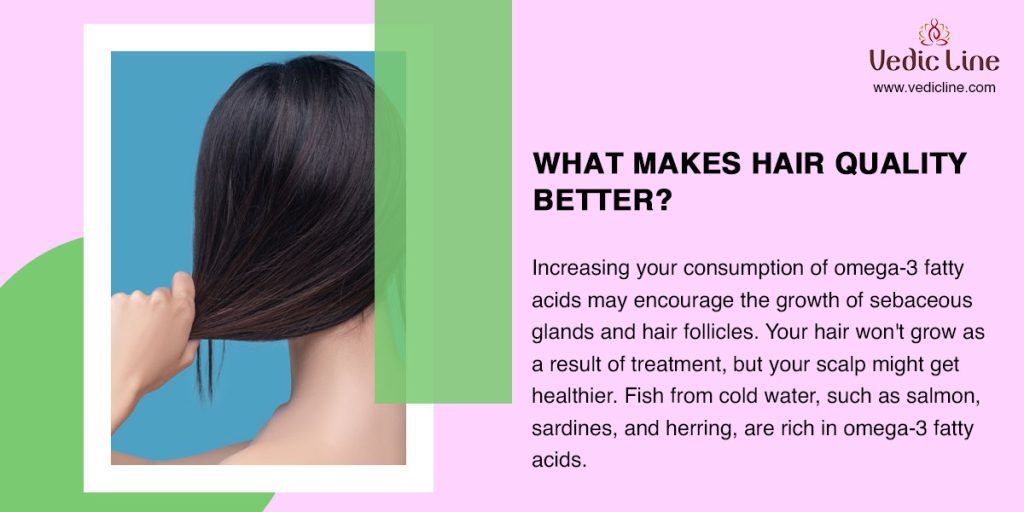
Myth: Wet hair can be brushed without harm
Truth: Wet hair is more fragile and prone to breakage, so handling it with care is essential. Using a wide-tooth comb or a detangling brush can help prevent damage while brushing wet hair.
Myth: You can repair split ends with products.
Truth: Once hair is split, the only permanent solution is to trim the damage ends. While certain products may temporarily improve the appearance of split ends by smoothing the hair cuticle, they can’t mend splits permanently.
Myth: Using mayonnaise or eggs as hair masks can repair damage
Truth: While these kitchen ingredients may provide temporary moisture to the hair, they lack the necessary components to truly repair damaged hair. Professional treatments and products formulated with specific ingredients for hair repair are more effective.
Myth: Regularly trimming hair will make it grow faster.
Truth: Trimming hair regularly can help maintain its health by preventing split ends, but it doesn’t affect the rate of hair growth. Hair growth occurs at the follicle level and is not influence by trimming.
Myth: Your hair type will never change.
Truth: Hormonal changes, aging, and lifestyle factors can influence hair texture and thickness. While your genetic predisposition plays a significant role in your hair type, external factors can also contribute to changes in its appearance and texture.
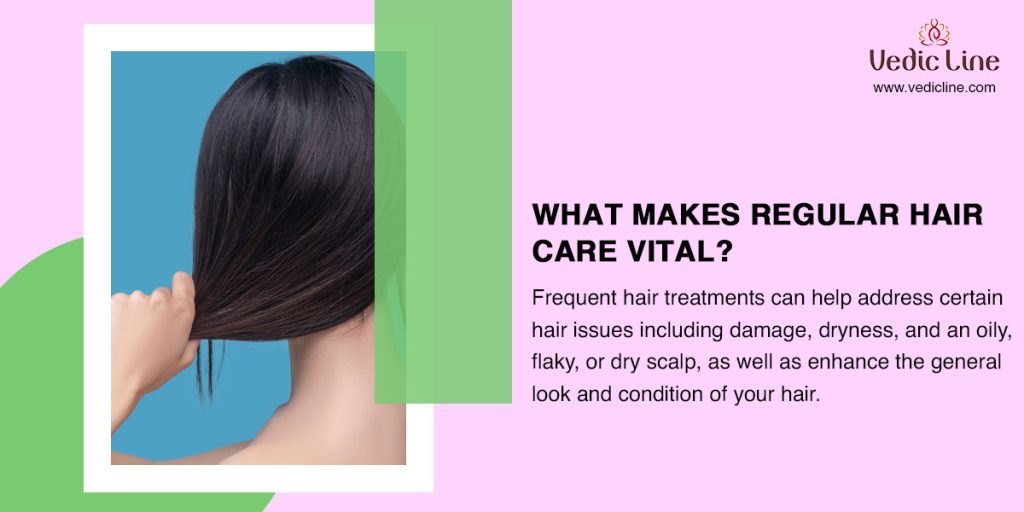
Final Words
By denying these hair myths and facts , we hope to help you make more educated decisions about your haircare routine. Remember that what works for one person may not work for another, so it’s essential to understand your hair’s unique needs and tailor your routine accordingly. With the right knowledge and practices, you can achieve healthier, more beautiful hair without falling prey to common misconceptions.








